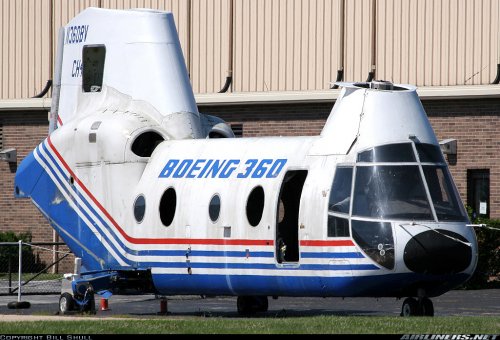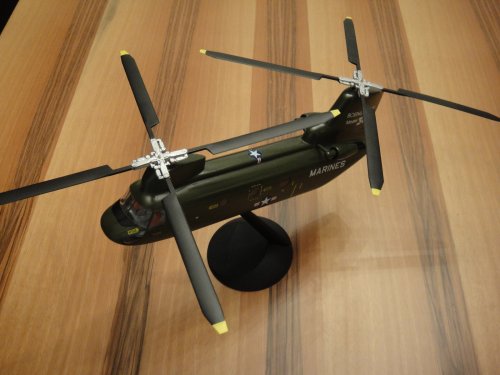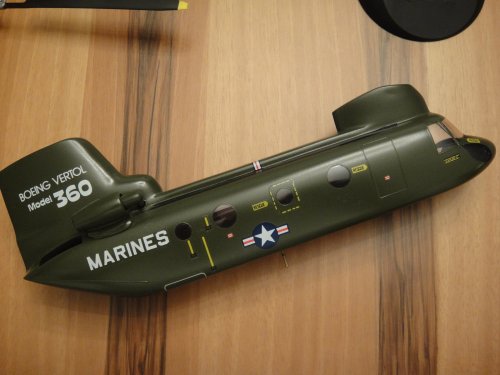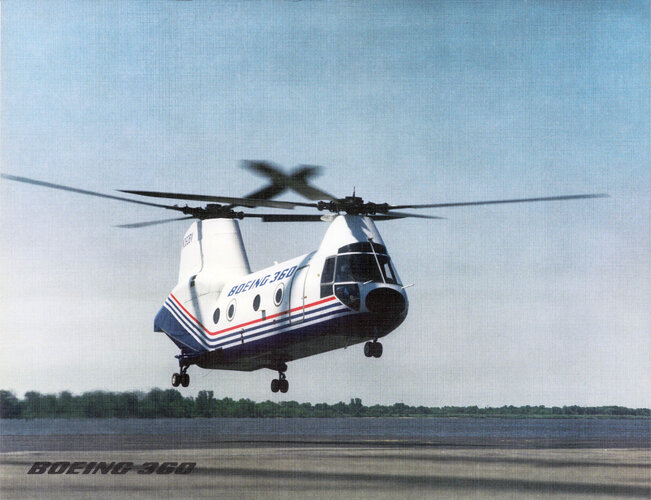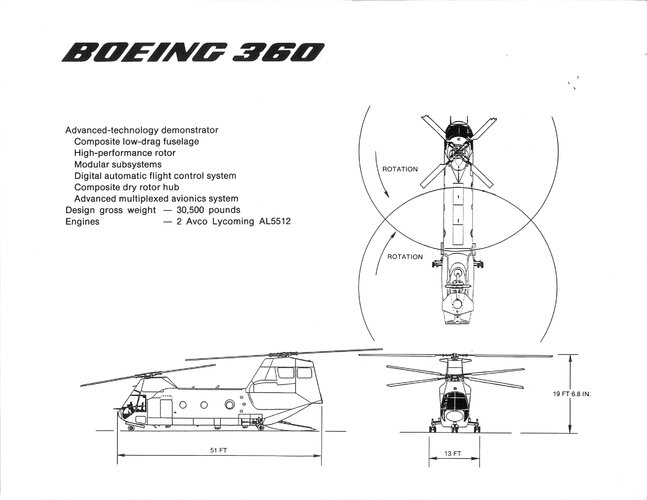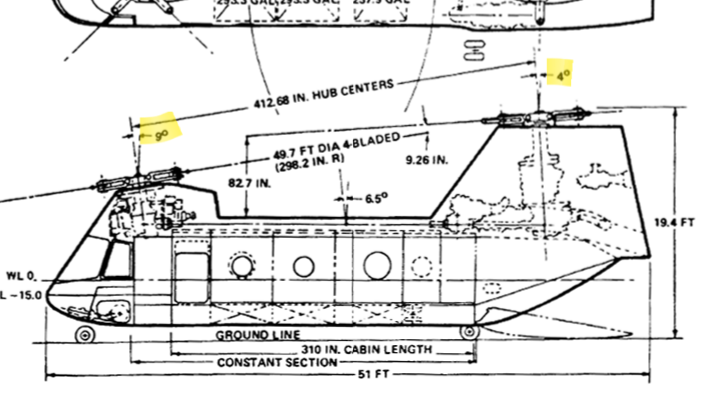- Joined
- 3 October 2007
- Messages
- 1,960
- Reaction score
- 1,197
Abraham Gubler said:On tandem tilt rotors the whole point was in context of the LHA flight deck width limit reducing the size of the V-22's side by side tilt rotors to the level where they were overloaded and subsequent enormous effort to make that aircraft fly. If said tilt rotors were tandem (one behind the other) then they could be much bigger without coming close to the width limits of the LHA (see attached picture drawn with very fine art skills...). Of course there are all sorts of other problems such a configuration would generate but the core issue of rotor lift for footprint would be solved.
On the Model 360 Boeing developed a lot of new technology that went into the RAH-66, CH-47F and the V-22 - so far. So their return on Model 360 investment has been considerable. Sure no one ordered the CH-46X (a designation sometimes associated with the M360) but as a technology test bed it was a success.
Hey, your art skills are better than mine!. With the tandem, you are going to run into some complex issues wherein the aft proprotor has to change from a tractor to a pusher and vice versa during the transition. And you do run into the situation in hostile terrain that your rotors extend ahead of the nose and more importantly aft of the rear (where they aren't visible), but you do gain the width benefit. The V-22's less than optimum rotor size does not cause it to be only be able to stagger into the air, but it does reduce efficiency in powered lift flight.
Your point on the 360 is well taken and one I totally agree with, BTW. That's why I was reacting to the referenced statement that the 360 almost broke Boeing Helicopters-- if it was really that bad, they'd just stop it; there was no gov't development contract that forced them to keep going. They clearly felt the technology gain was worth it...



